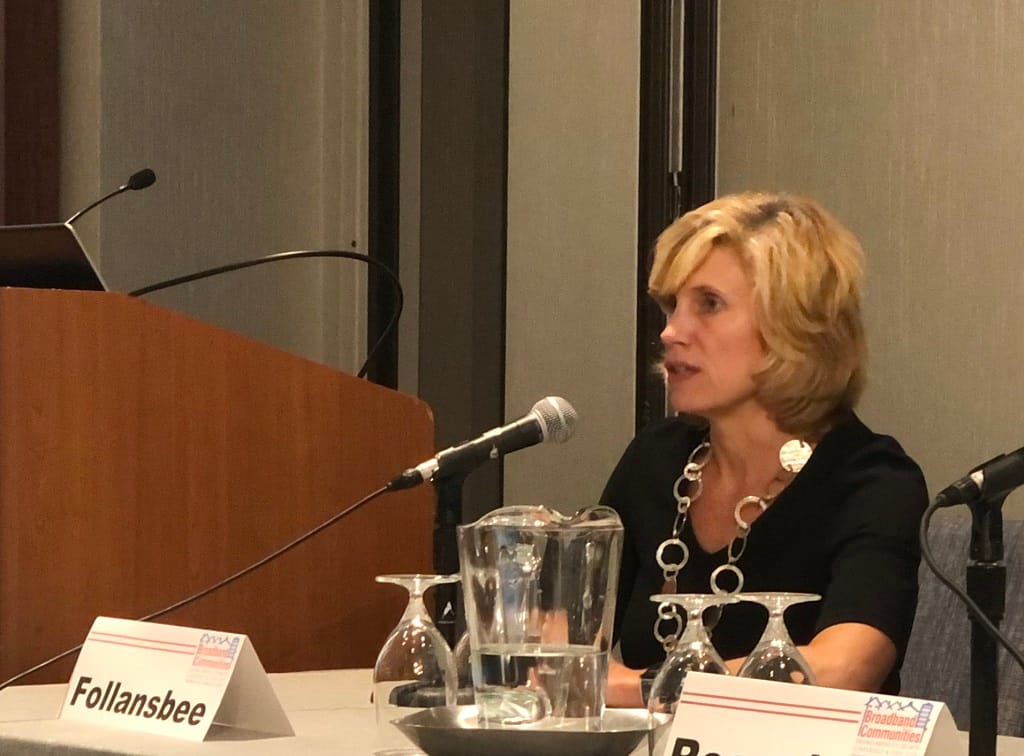Industry Concerned About Challenges of Getting Mapping Data to FCC
The FCC has a September deadline for mapping data it will begin collecting at the end of June.
Teralyn Whipple

WASHINGTON, May 12, 2022 – Key players in the broadband industry are under pressure to deliver coverage data to the Federal Communications Commission, as some expressed concern Monday about workforce availability and the costs of getting that data to the agency.
Specifically, the Federal Communications Bar Association event heard that certification requirements for professional engineers are causing concerns, especially among small internet providers. And workforce shortages are pushing hiring costs up, which small companies often cannot afford.
“Everybody is going to have different challenges depending on the size of the company,” Lynn Follansbee, vice president of strategic initiatives and partnerships at US Telecom, said at the FCBA event Monday.
A big company has “challenges just by sheer number of communities served” and smaller companies often don’t have sufficient manpower for efficiently reporting coverage, Follansbee added.
Chris Wieczorek, senior director of spectrum policy at T-Mobile, said the key is to strike a balance between accountability with proper certifications and small staff limitations.
The Broadband Deployment Accuracy and Technological Availability Act requires the FCC to collect new data from fixed broadband service providers to construct a new map, which is expected by this fall and will help federal programs deliver billions in funding to underserved and unserved areas. In April, the FCC released the preliminary broadband serviceable location fabric to help prepare providers for their data submissions due in September.
Christine Sanquist, vice president of regulatory affairs at Charter, stated that although the FCC has provided the preliminary fabric, “the biggest challenge for Charter is really that the BDC requirements are so different from the Form 477 requirements,” which were the existing forms submitted by providers and which yielded data inaccuracies.









Member discussion